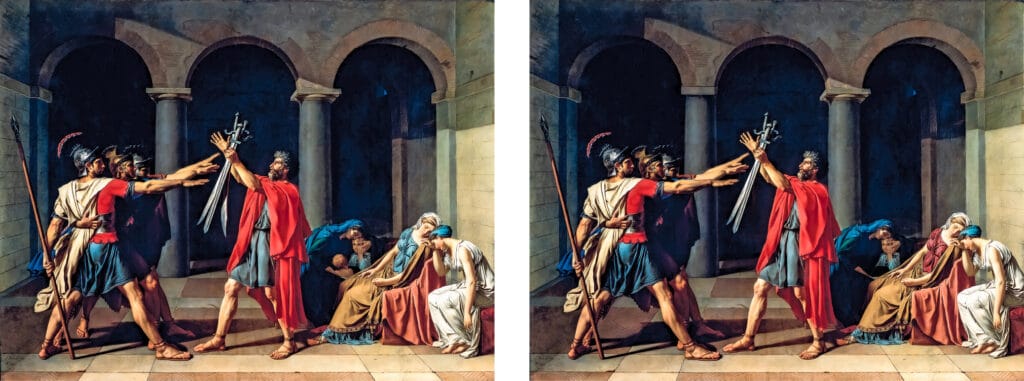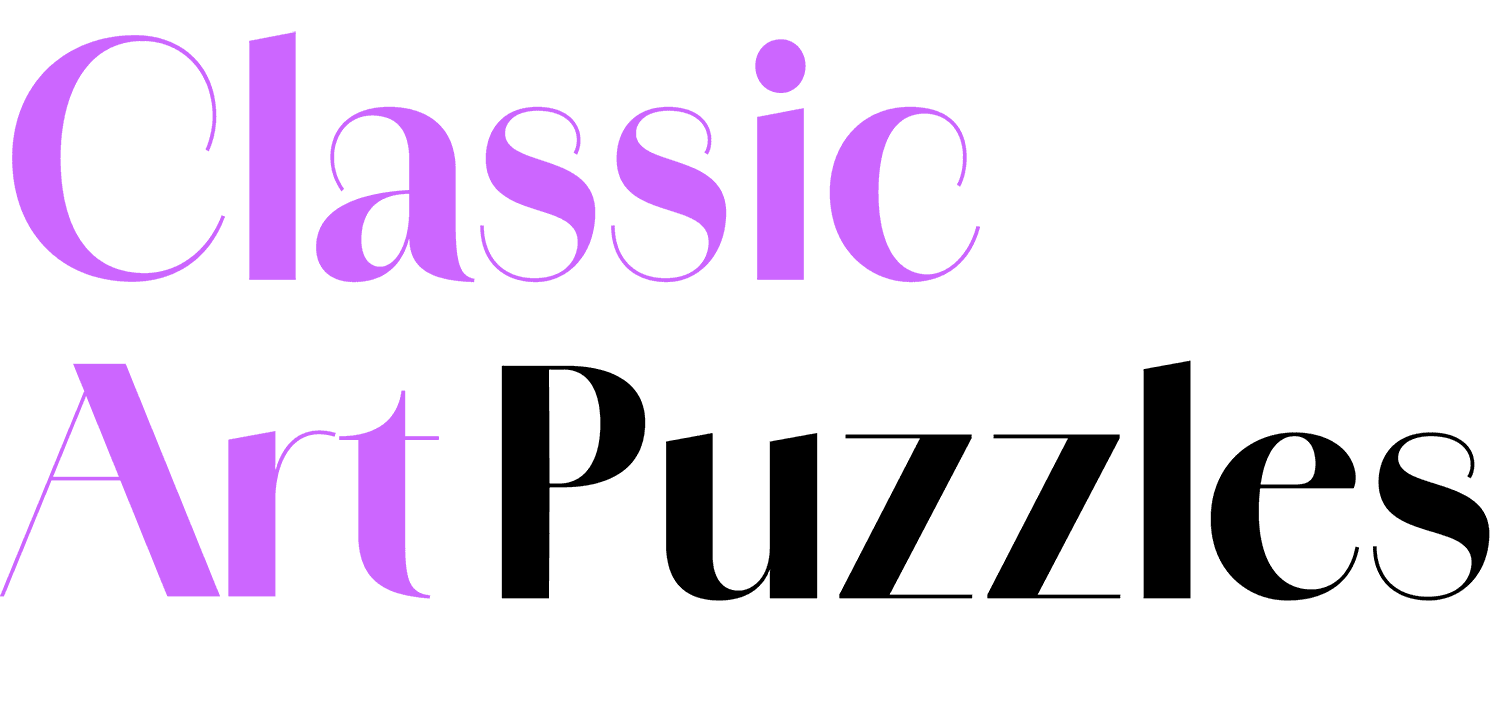Table of Contents
Puzzles have long been a favorite way to pass the time, challenge the mind, and enjoy quiet moments of focus. Crossword puzzles test our vocabulary. Sudoku sharpens logic. Word searches build scanning skills. But among them all, visual puzzles — like Spot the Difference, hidden object games, and picture-based challenges — stand apart.
Unlike number- or word-based games, visual puzzles speak a universal language. They require no spelling, math, or memorization. Instead, they tap into something deeper: our ability to see, notice, and make sense of what’s in front of us.
In this article, we’ll explore the distinct advantages of visual puzzles — and why they’re ideal for learners, families, seniors, and anyone seeking a mindful, inclusive way to exercise the brain.
What Are Visual Puzzles?
Visual puzzles are games that challenge players to use their eyes and attention rather than language or numbers. Instead of filling in boxes or solving clues, players examine images to spot patterns, changes, or hidden details.
Common types include:
- Spot the Difference puzzles
- Hidden object puzzles
- Matching and sorting games
- Jigsaw puzzles
- Picture-based logic puzzles
Some, like Spot the Difference, focus on subtle alterations between two images. Others require locating objects, assembling pieces, or identifying out-of-place elements.
But all share one thing: they rely on visual perception, not verbal or numerical reasoning.
Advantage 1: Universal Accessibility — No Reading or Math Required
One of the greatest strengths of visual puzzles is their language-free nature. A person doesn’t need to know English, memorize words, or solve equations to enjoy a picture puzzle.
✔️ Accessible for:
- Non-readers (young children)
- Non-native speakers
- People with dyslexia or learning differences
- Seniors with memory or language decline
- Global audiences — visual puzzles cross borders effortlessly
In contrast, crossword clues may confuse learners. Sudoku can frustrate those who dislike numbers. But a vibrant image — a cat missing its tail or a tree with a different number of apples — welcomes everyone.
Advantage 2: Improves Visual Perception and Observation
Visual puzzles strengthen a core cognitive skill: visual discrimination — the ability to notice differences in shape, color, placement, and detail.
This supports:
- Focus and sustained attention
- Eye-hand coordination
- Spatial awareness
- Pattern recognition
- Early reading readiness (in young children)
Word puzzles may build vocabulary, but visual puzzles train us to see. In a world full of distractions, that’s a superpower.
Advantage 3: Low Stress, High Engagement
Unlike some logic or language games, which can feel intimidating or competitive, visual puzzles feel lighter, more playful — and often more relaxing.
- No pressure to “know the answer”
- No complex rules to remember
- No need to type or spell
- Just slow, mindful exploration
For many people — especially older adults or those recovering from stress — visual puzzles offer a peaceful way to stay mentally active without overwhelm.
Advantage 4: Perfect for Intergenerational Play
Try playing Sudoku with a preschooler. Or ask a grandparent with vision challenges to do a word search.
Not so easy, right?
But sit two people together — a child and a grandparent — with a bright, inviting Spot the Difference puzzle, and suddenly the barriers melt away. Each person points, notices, compares, and laughs together.
Visual puzzles support:
- Family bonding
- Conversation starters
- Inclusive group games
- Screen-free shared activities
They’re fun for classrooms, waiting rooms, travel time, and anywhere generations gather.
Advantage 5: Builds Mindfulness and Slows You Down
There’s a reason visual puzzles are often compared to meditation. They encourage us to slow our breathing, quiet our minds, and enter a flow state.
By focusing on one image — scanning for clues, re-checking details — we practice present-moment attention. This builds:
- Patience
- Emotional regulation
- Mental resilience
- A break from screen overload
Visual puzzles are like mindful walks for the eyes.
Advantage 6: Rich with Creative Possibility
While word and number puzzles follow strict logic, visual puzzles can be artistic and expressive.
At Classic Art Puzzles, we specialize in turning fine art masterpieces into engaging visual challenges. This opens doors for:
- Art appreciation
- Storytelling
- History and culture education
- Emotional connection through imagery
From Vermeer’s quiet interiors to Fragonard’s playful garden scenes, these puzzles engage both sides of the brain: analytical and creative.
A well-designed visual puzzle doesn’t just sharpen your attention — it tells a story.
Comparison Table: Visual vs Word and Number Puzzles
| Feature | Visual Puzzles | Word/Number Puzzles |
|---|---|---|
| No language required | ✅ | ❌ |
| No math required | ✅ | ❌ |
| Intergenerational play | ✅ | ❌ |
| Enhances observation | ✅ | ❌ |
| Encourages mindfulness | ✅ | Limited |
| Cross-cultural / global | ✅ | ❌ |
| Artistic and creative | ✅ | ❌ |
| Suitable for low literacy | ✅ | ❌ |
| Competitive or timed | Optional | Often yes |
| Emotionally engaging | ✅ | Rarely |
How Visual Puzzles Complement Word and Number Games
This isn’t about replacing other puzzles — just understanding what makes visual puzzles different.
In fact, the best cognitive routines include a mix of puzzle types:
- Word puzzles for language fluency
- Logic puzzles for reasoning
- Visual puzzles for perception and creativity
But for people who struggle with reading, dislike timed challenges, or crave a screen-free moment of calm, visual puzzles often become the most cherished.
Final Thoughts: The Power of Pictures
In the end, pictures are powerful.
They speak across cultures, generations, and abilities. They invite wonder, concentration, and joy — without demanding language or competition.
That’s why Spot the Difference and other visual puzzles remain so popular — especially when thoughtfully designed, beautifully illustrated, and made accessible for all.
Whether you’re a parent, teacher, grandparent, or lifelong learner, visual puzzles offer a kind of play that’s inclusive, expressive, and quietly transformative.
They don’t just test your brain. They change how you see the world.
Play Classic Art Spot the Difference | Find 5 Differences




